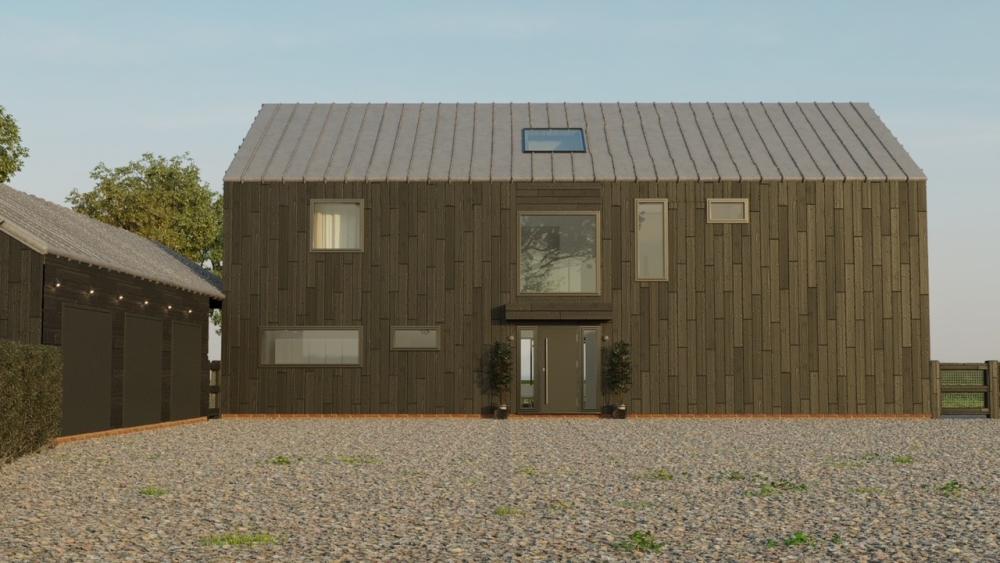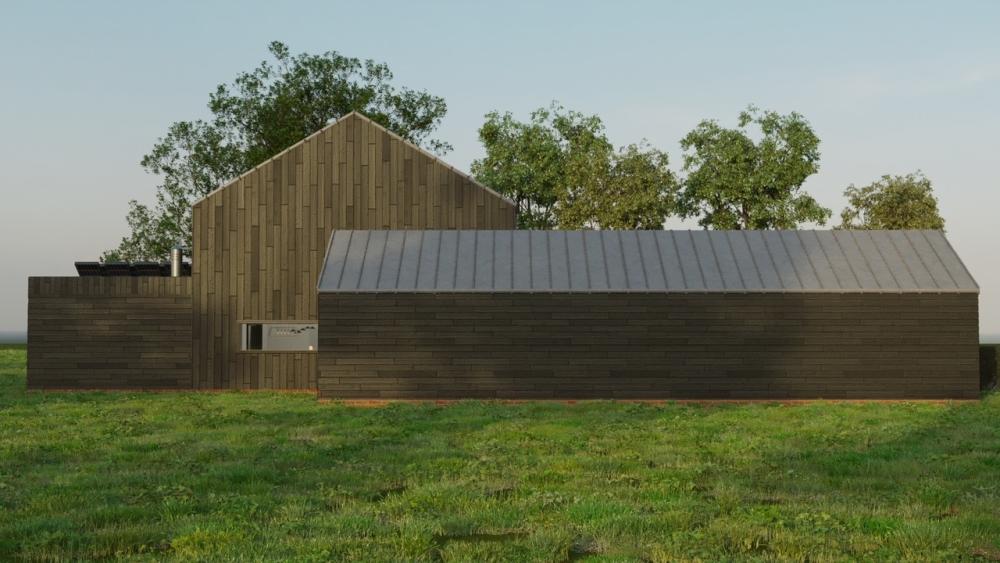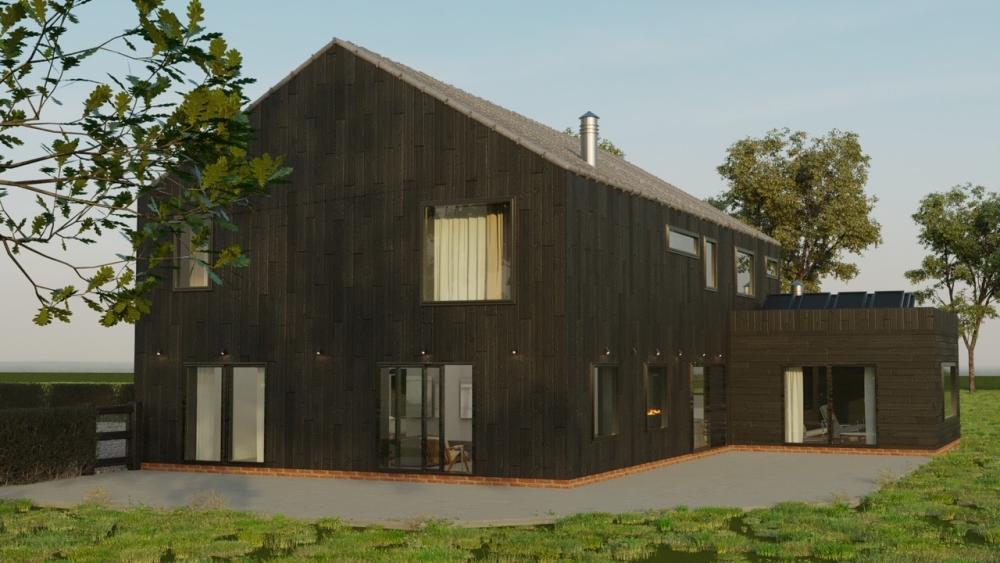MDC
Members-
Posts
145 -
Joined
-
Last visited
Personal Information
-
Location
England
Recent Profile Visitors
2012 profile views
MDC's Achievements

Regular Member (4/5)
20
Reputation
-
I'll ask. I'm doubtful they'll pay the credits into my bank.
-
Does anyone have any thoughts about being charged for electricity when the meter is broken? Last August I bought a house I'm planning to replace. I took a photo of the blank meter on the first day. When EDF got in touch a month later, they sent me an estimated bill [both readings estimated]. I refused to pay the bill because the meter was broken, and eventually they cancelled the bill after seeing the photograph. When the 2nd bill was cancelled they put in a complaint on my behalf and last February an electrician turned up to replace the meter. He refused to do so because the main fuse was dangerous. UK Power Networks turned up the next day, said the fuse was fine, but agreed to replace it, so EDF can fit a new meter. The next UK Power Networks appt is on April 12th. After which, EDF can replace the meter. In the meantime the government have given me £600 [including a £200 allowance for oil use] which has been sitting as a credit on my EDF account. This week EDF issued another estimated bill and took £500.45 of the credit. The meter is still blank and has not been replaced. So I got on to EDF and they cancelled the bill and gave me back the credit. Overnight, they issued me with a new bill, so I had it cancelled again... and this has happened everyday last week. They still have taken my credit. I assume I can't be charged if the meter doesn't work, and when the new meter is eventually fitted, I will be charged from that date going forward. At which point I should have £600 plus future government payments as credit on my account. Am I correct? Does anyone have advice? Thank you.
-
Can anyone demonstrate what the phrase "comparable size" means in planning law, please? Can a replacement dwelling be comparable to: The existing dwelling The existing dwelling plus permitted development rights Other dwellings in the vicinity Something else I've not thought of?
-
More than wisdom... entertainment too!
-
Our problem is the existing dwelling is sited at the highest point of the plot [nice views], and has a ridge height of 5.9 metres. Our design has a ridge height of 8.8 metres. A solution is to make the design flat roof [as the dormers do on the existing house]. We have negotiated moving the proposed new dwelling to a lower point [effectively at the planner's suggestion]. This reduces the height by a further 3 metres and is a silver lining for us. This would be as if we're picking up the existing box house and moving it off the top of the hill, so it is hidden from view. Our debate is now whether to follow the local venacular which is brick\clay tile, or stick our guns. We want a contemporary barn style, but I think we are going to have to reduce the mass by the use of three cladding materials [brick, timber, zinc]. Whoever heard of a flat roof barn? This thread has been very useful.
-
@SteamyTea 's comment [on Sunday] on this thread was a revelation to me. I made a new approach to the planning officer and now have a less muddled understanding of their vision for my site. @IanR was also on the money - local vernacular is the priority when replacing dwellings. All advice gratefully received. Thank you.
-
This sounds like the planning officer had the job of upholding a policy they didn't necessarily believe in, so what you planned wasn't so bad, but it didn't conform to the strict interpretation of policy. Is this a reasonable interpretation? I met our planning officer on site last Friday. The debate was all about policy, not about what works. If I've understood you, this gives me hope! Thank you.






